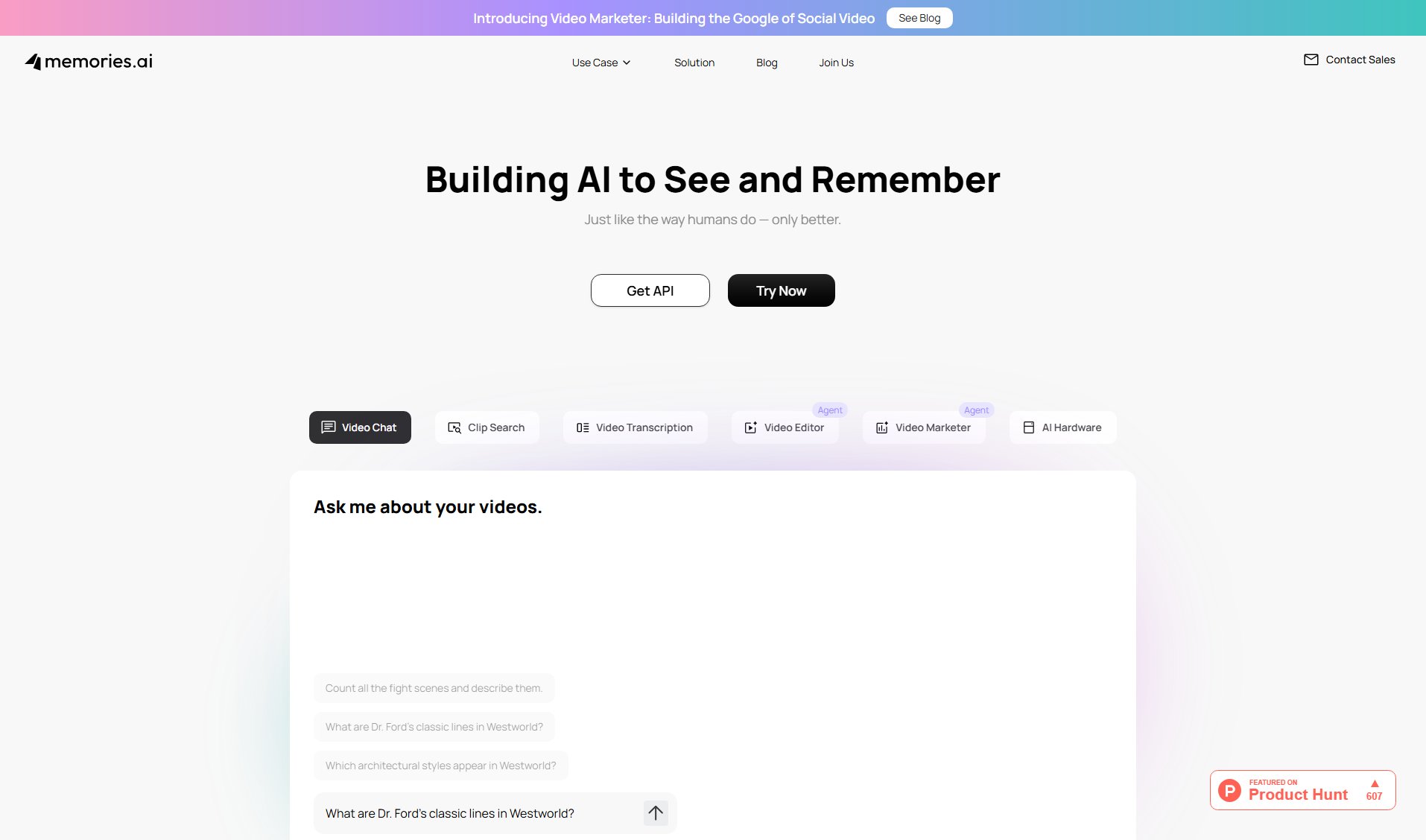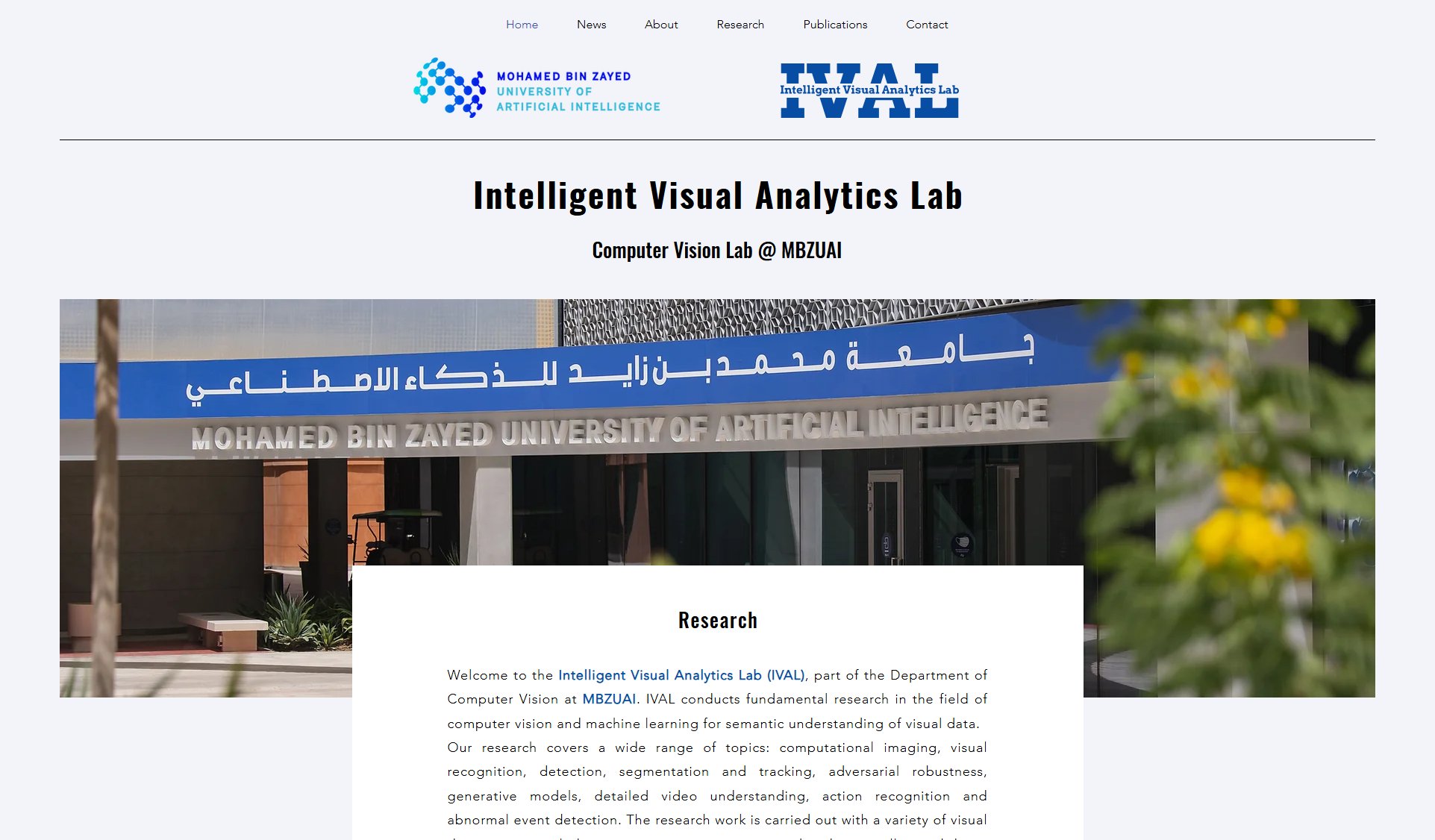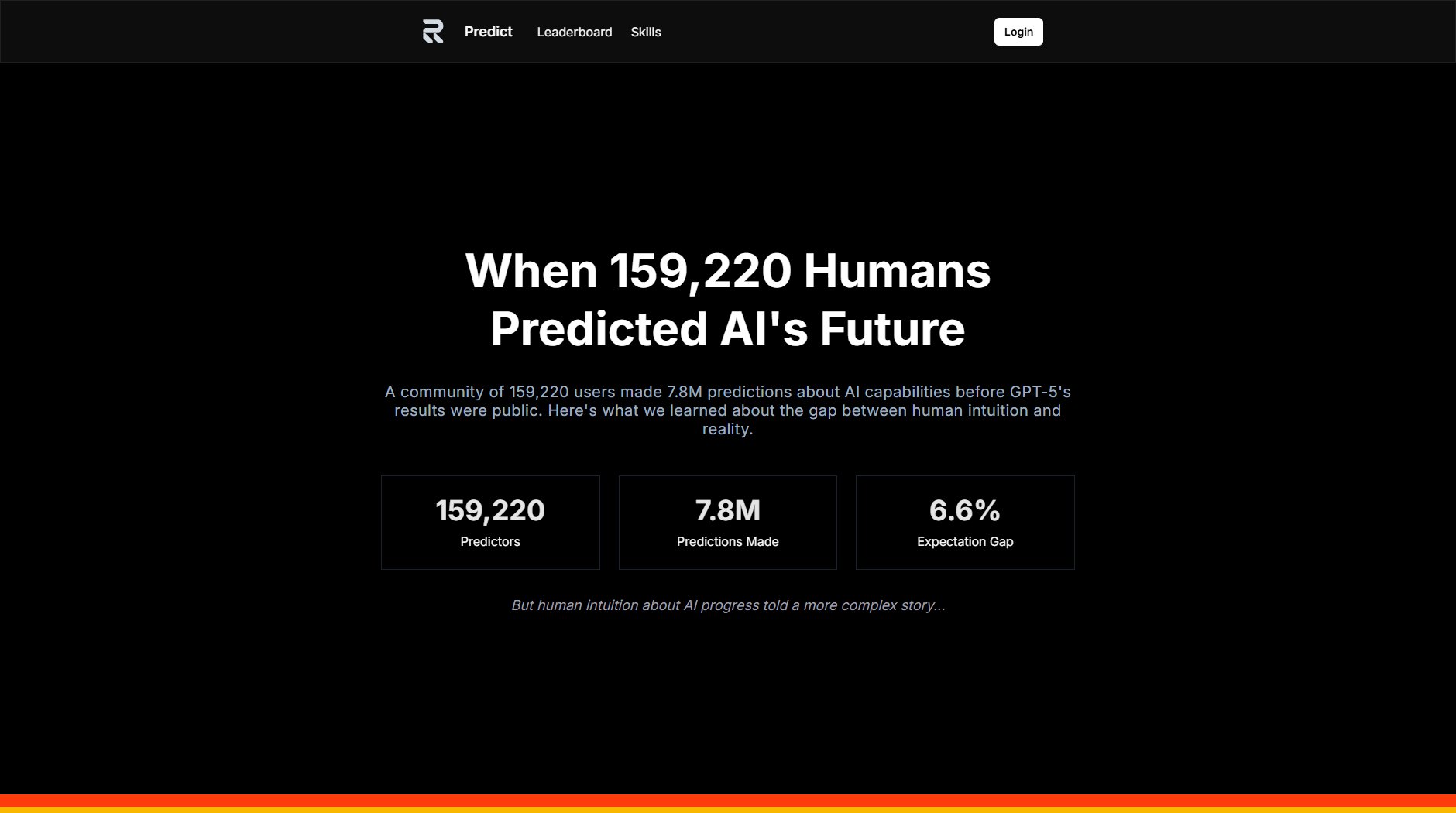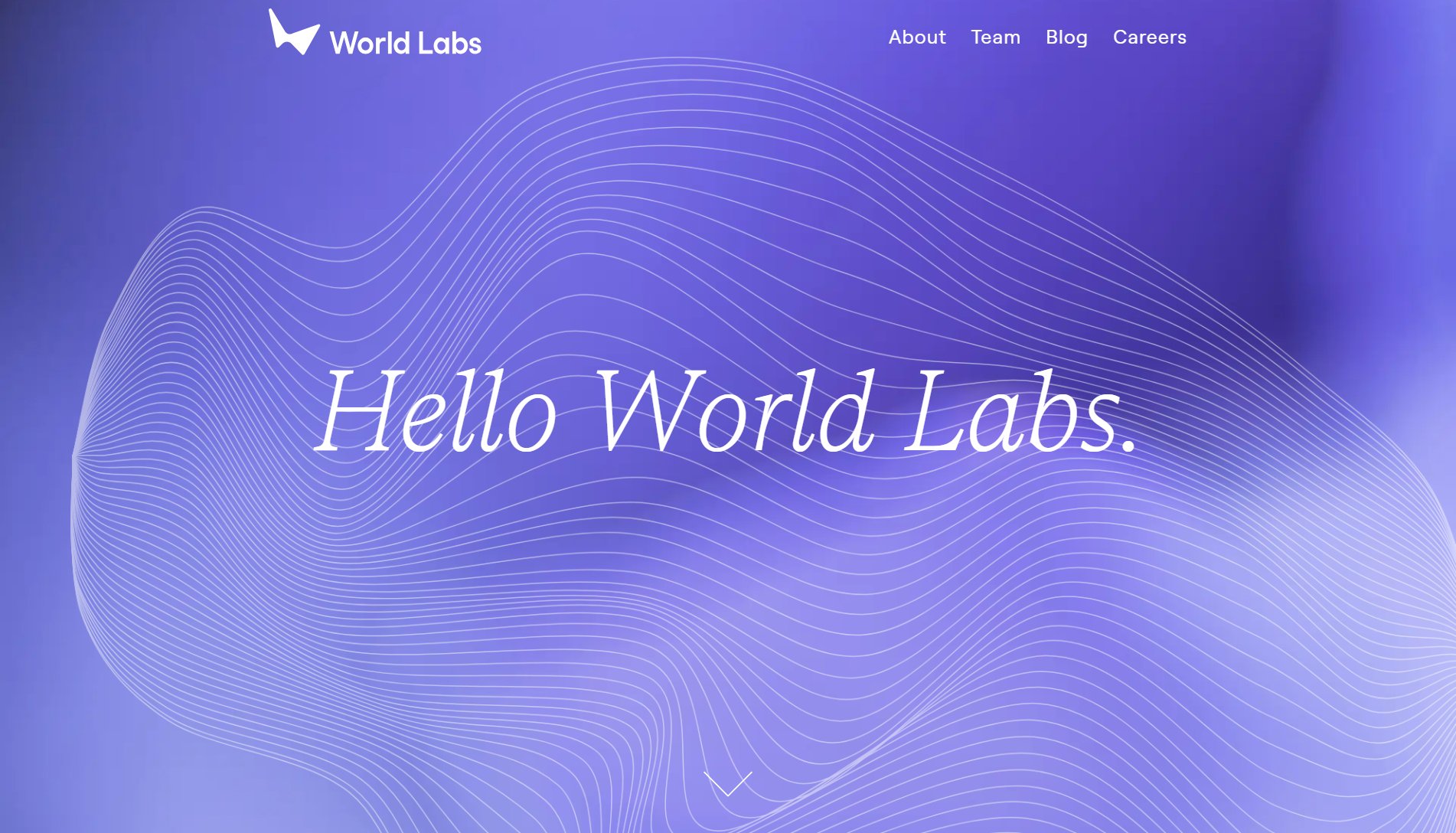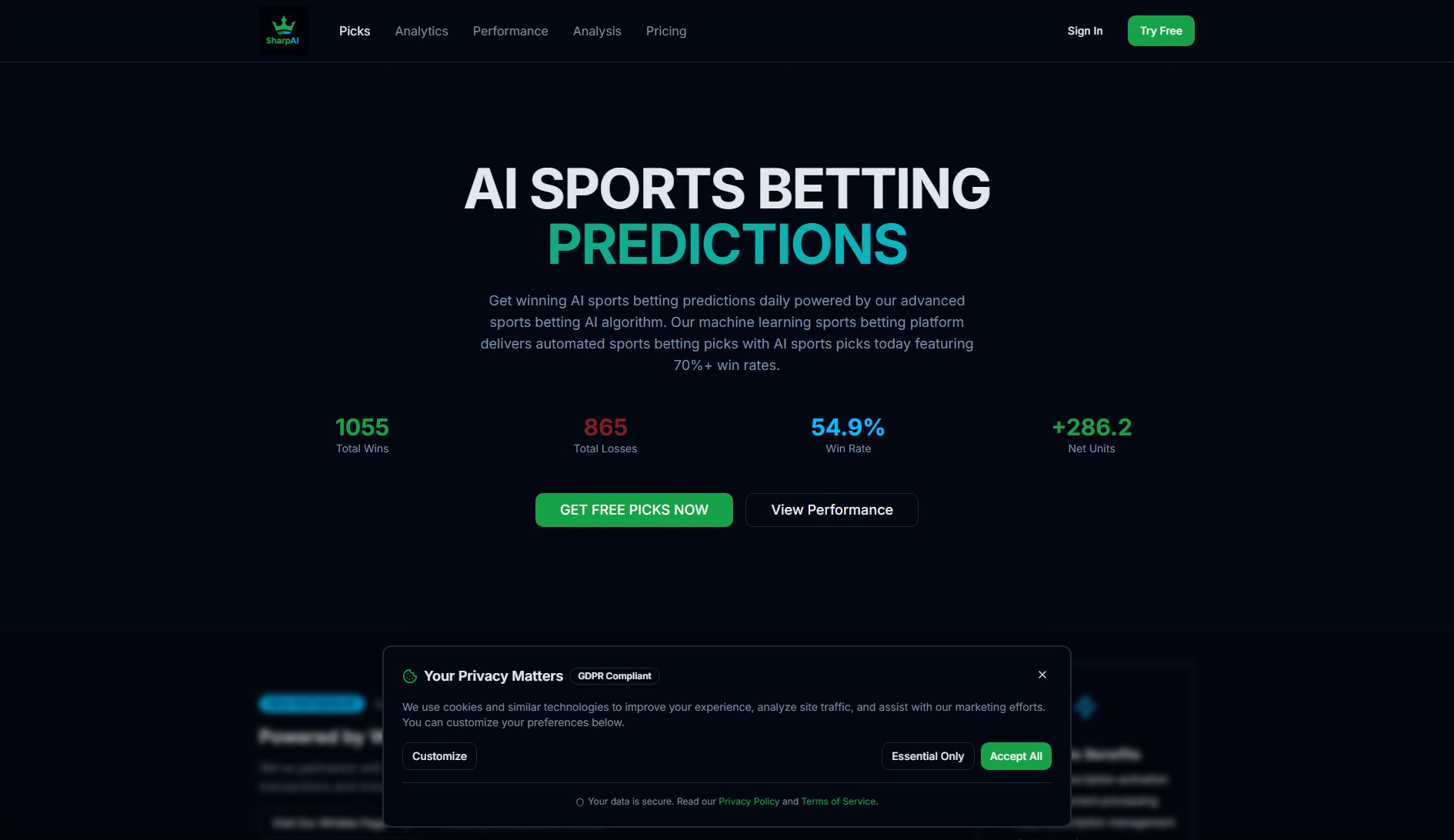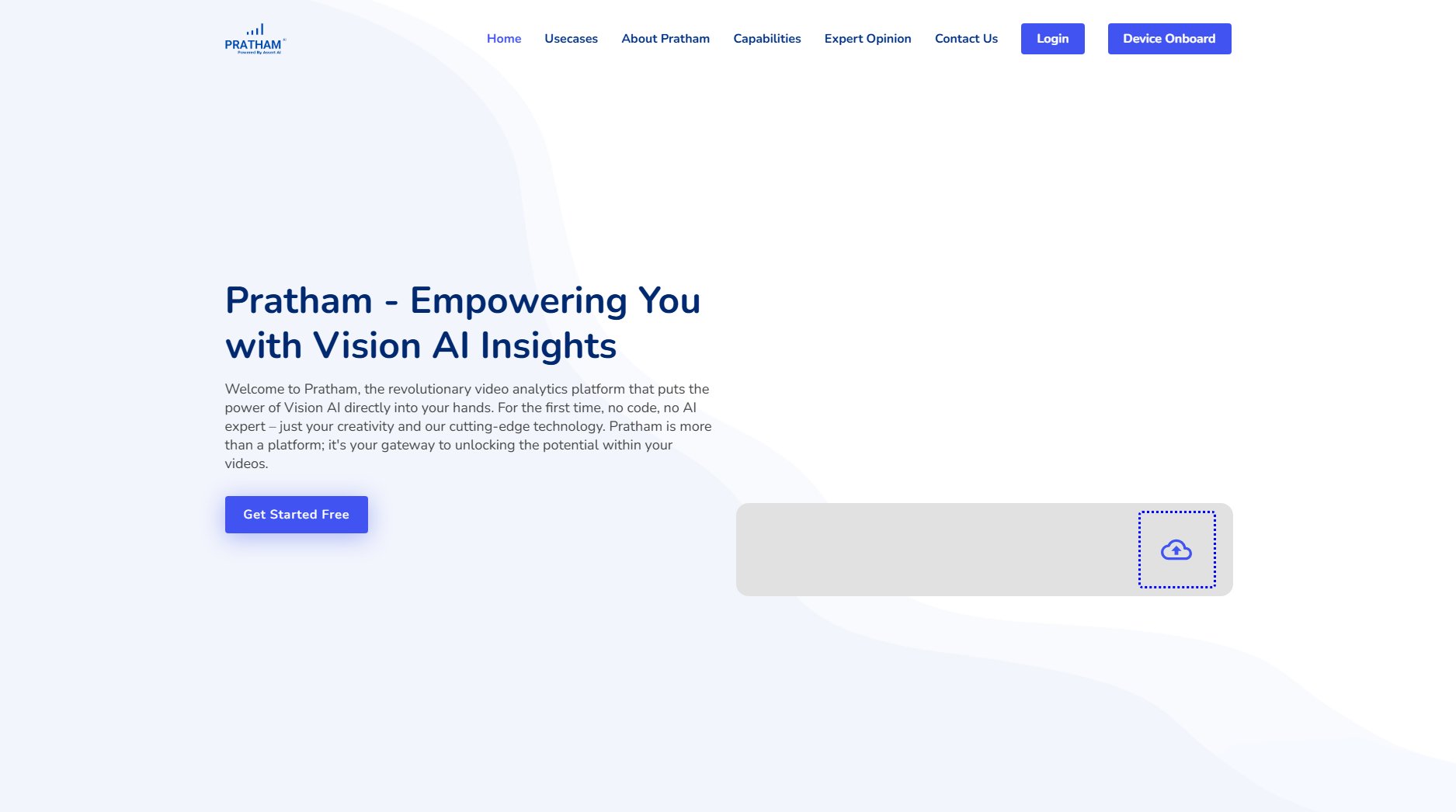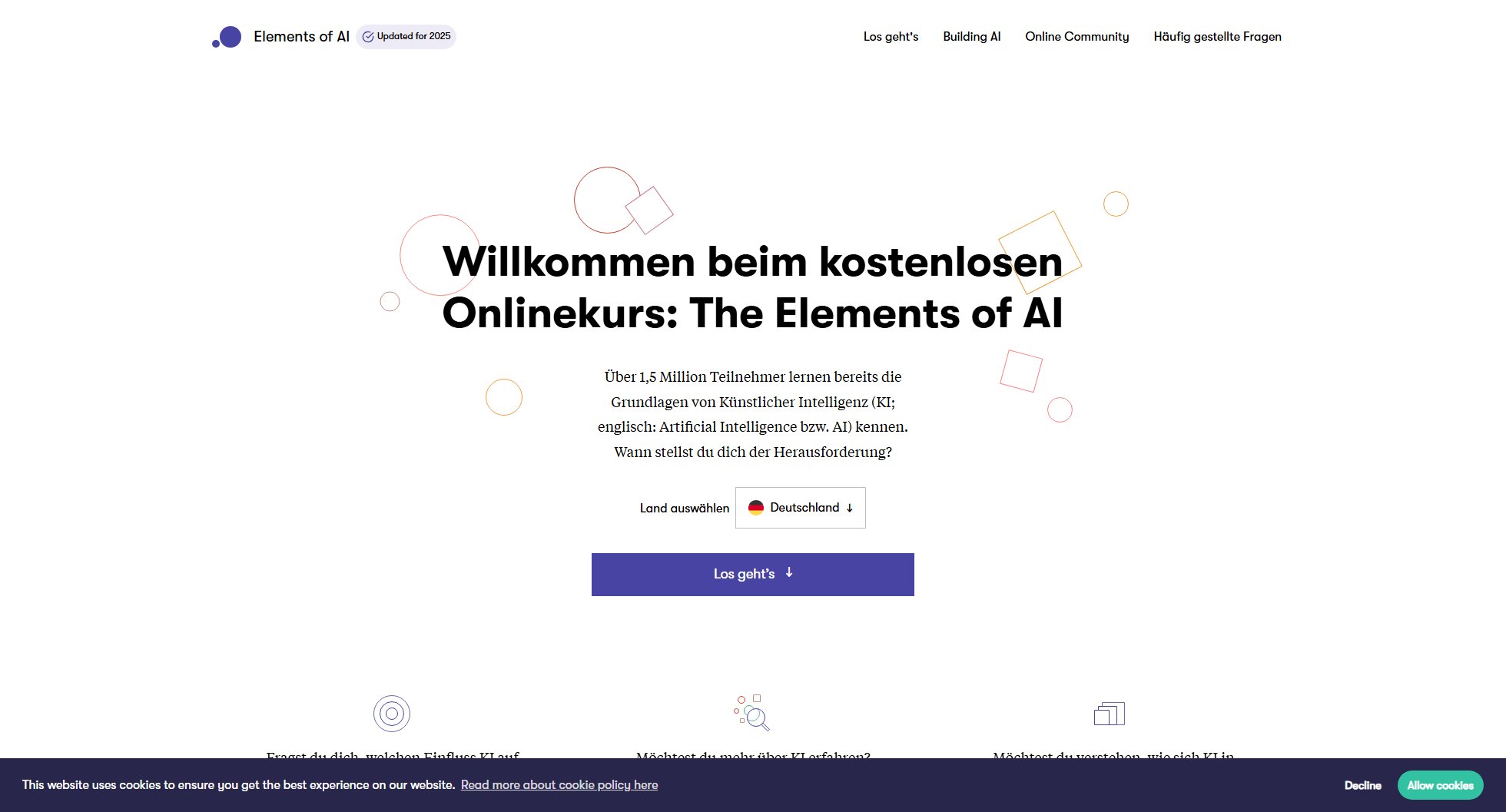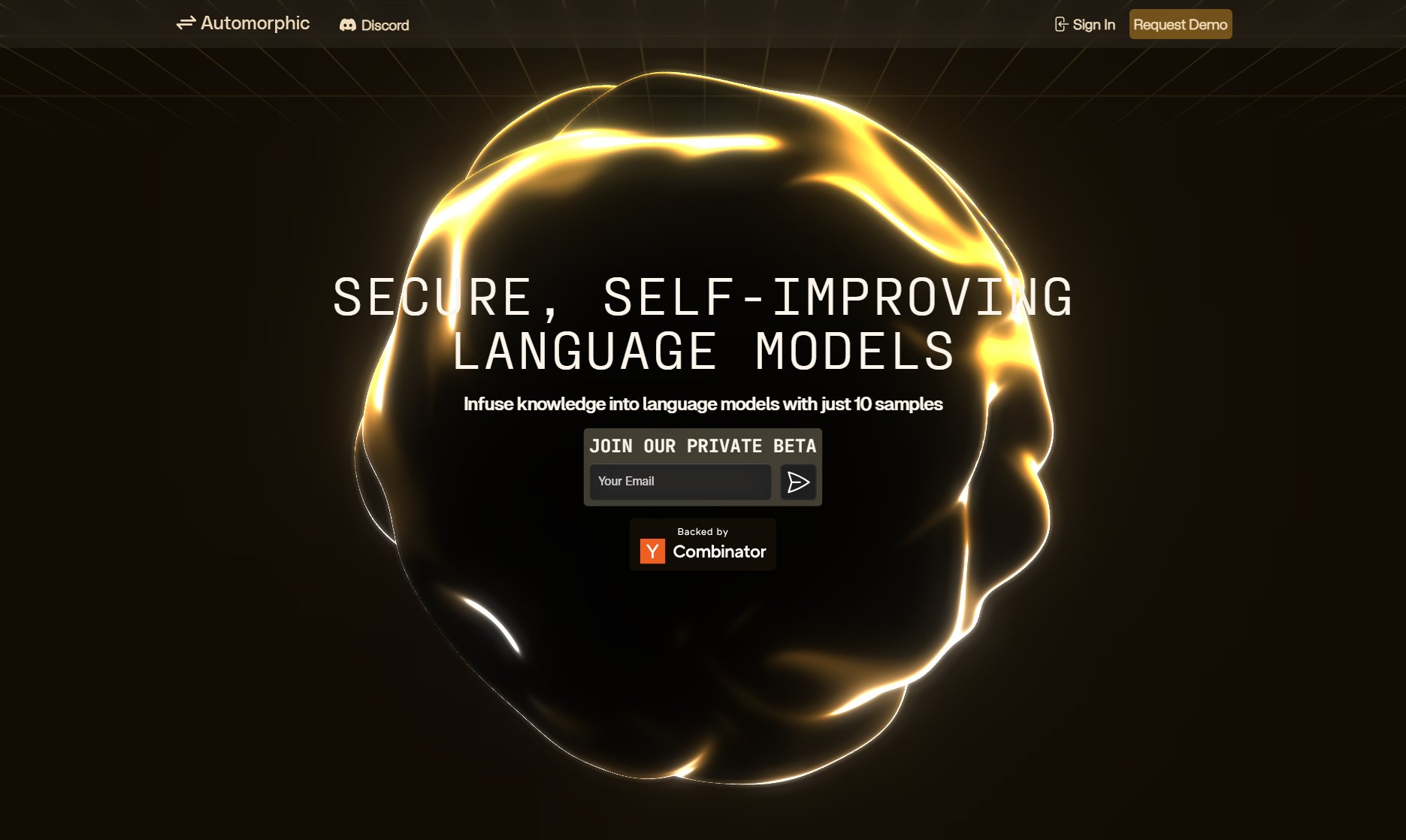T-Rex Label
AI-powered data annotation for computer vision projects
What is T-Rex Label? Complete Overview
T-Rex Label is an advanced AI data annotation platform designed to accelerate labeling workflows for computer vision engineers. The platform's T-Rex2 model revolutionizes object detection by using visual prompts instead of traditional text inputs, allowing users to simply draw a bounding box around an object to detect all similar objects in an image. This innovative approach works even for objects outside its initial training set without requiring retraining. The platform has already helped tens of thousands of professionals across various industries including agriculture, industry, livestock monitoring, biology, medicine, OCR, retail, electronics, transportation, and logistics. T-Rex Label stands out for its zero-shot object detection capability, making it particularly effective for detecting rare objects in large quantities with minimal initial annotation effort.
T-Rex Label Interface & Screenshots

T-Rex Label Official screenshot of the tool interface
What Can T-Rex Label Do? Key Features
Visual Prompt Detection
T-Rex2's groundbreaking visual prompt system allows users to simply draw bounding boxes around sample objects, after which the AI automatically detects all similar objects in the image. This eliminates the need for exhaustive manual annotation and works even for objects not in the model's original training set.
Zero-shot Object Detection
The platform can recognize and annotate objects it has never seen before during training, significantly reducing the time and effort required for new projects. This makes it ideal for specialized applications across various industries.
Multi-industry Applications
T-Rex Label is versatile enough to handle computer vision tasks across diverse fields including agriculture, medicine, retail, logistics, and more. Its adaptability makes it valuable for professionals in numerous domains.
High-performance Annotation
Users report being able to complete annotation tasks with just a few initial prompts, with the system accurately detecting remaining objects. This dramatically accelerates dataset creation compared to traditional methods.
User-friendly Interface
The platform is designed for ease of use, allowing computer vision engineers and data scientists to quickly adapt to the workflow without extensive training. The intuitive visual prompting system simplifies complex annotation tasks.
Best T-Rex Label Use Cases & Applications
Agricultural Monitoring
Farmers and agricultural researchers can use T-Rex Label to quickly identify and count crops, pests, or livestock in field images, enabling efficient monitoring and analysis without extensive manual annotation.
Medical Image Analysis
Healthcare professionals can annotate medical images to identify abnormalities or specific anatomical features, with T-Rex2's zero-shot capability allowing detection of rare conditions without retraining.
Retail Inventory Management
Retailers can automatically detect and count products on shelves from surveillance footage, significantly speeding up inventory management processes compared to manual methods.
Industrial Quality Control
Manufacturing plants can implement visual inspection systems that detect defects in products by training the system with just a few examples of good and defective items.
How to Use T-Rex Label: Step-by-Step Guide
Upload your images or dataset to the T-Rex Label platform through the web interface.
Select the visual prompt tool and draw bounding boxes around a few sample objects you want to detect.
Let T-Rex2 analyze the image and automatically detect all similar objects based on your visual prompts.
Review the automatically generated annotations and make any necessary adjustments.
Export your labeled dataset in your preferred format for use in your computer vision projects.
T-Rex Label Pros and Cons: Honest Review
Pros
Considerations
Is T-Rex Label Worth It? FAQ & Reviews
T-Rex2 uses visual prompts instead of text, allowing you to simply draw boxes around sample objects to detect all similar ones. It also requires no retraining for new objects, unlike traditional models.
Yes, the zero-shot detection capability allows it to recognize objects outside its initial training set without requiring retraining.
The platform serves diverse fields including agriculture, medicine, retail, logistics, manufacturing, and more - anywhere computer vision is applied.
Users report high accuracy, with the system often detecting most objects correctly after just a few visual prompts, though some manual verification may be needed for critical applications.
T-Rex Label supports common annotation formats used in computer vision projects, though specific format options may depend on your subscription level.
